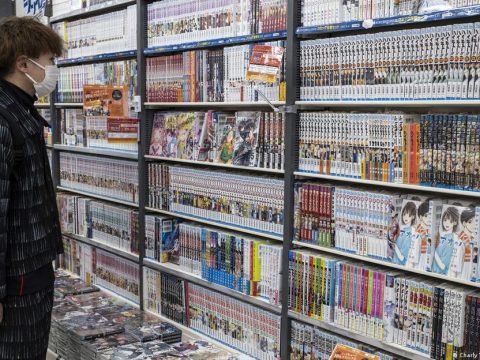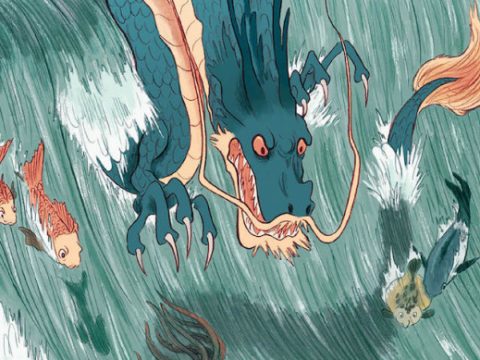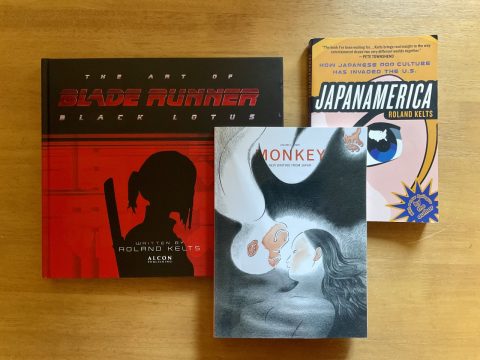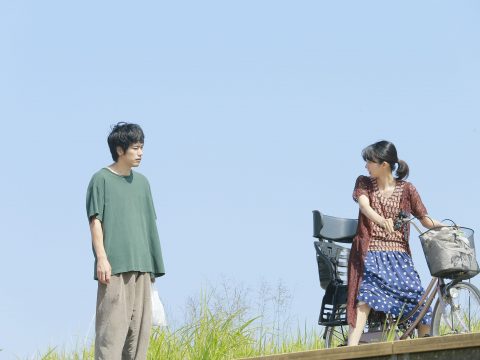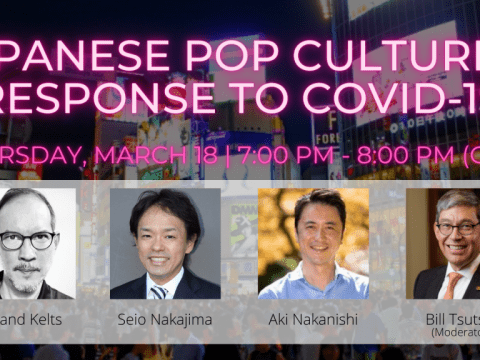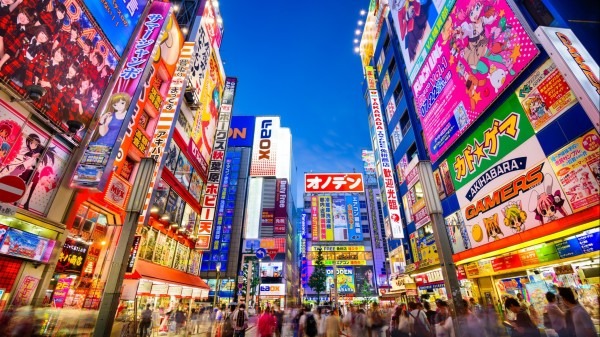
Last night the Japan Society of New York City gave the livestream “Japanese Pop Culture: Connecting the World through Manga and Anime.” It was moderated by Bill Tsutsui, writer of Japanese Popular Culture and Globalization, and starred manga creator and Content Production Group Manager at mixi, inc Julia Mechler and Japanamerica writer Roland Kelts. It was the last segment of the Part of the Living Traditions Series, which was co-presented by Portland Japanese Garden and supported by the Japanese government. Even if you missed the livestream, you can still watch the video.
“I think it’s arguable that the mainstream came to anime and manga,” Kelts noticed. “Partly that’s because of the explosive fanbase outside of Japan.” He pointed out that last year anime was more successful overseas than in Japan, which was a first. “There is explosive growth in manga, especially. We know that anime is showing up on all kinds of streaming platforms. . . Manga has just gone through the roof.”
He talked about some key Japanese traditions — like scroll paintings and woodblock printing— that led to manga, noting that anime and manga are hybrid art forms because while they come from Japan and have many Japanese influences, they have also been influenced by the West.
Mechler came in next. She wanted to publish a manga about Okinawa because she has spent her childhood there, and sold it in America, though she had hoped to sell it in Japan, and mentioned that anime and manga have few to no protagonists from Okinawa.
She gave a brief history lesson on Okinawa and the American influence on it after World War II. She noted that anime and manga has not had the same hold over Okinawa as elsewhere in Japan, and that residents of Okinawa got more into them after seeing the interest from American service members.
Tsutsui commented that kids have gone from drawing stick figures to drawing in the manga style, and this led to a discussion on what makes anime stand apart.
“There is something participatory about manga and anime,” Kelts responded. “They feel like media that you can join. I think this is the power of otaku culture. They feel open to you in ways that maybe Marvel Comics or DC Comics have not. . . I always feel like with Marvel and DC you’re watching the events happen on a stage. Like it’s very power, it’s very epic, it’s like the Super Bowl. . . .Whereas manga and anime feel like they’re in your back pocket, like, ‘Oh, I know these guys.’”
At the very end, they turned to questions from the audience.
____
Danica Davidson is the author of the bestselling Manga Art for Beginners with artist Melanie Westin. She is also the author of its upcoming sequel, Manga Art for Everyone, and the first-of-its-kind manga chalk book Chalk Art Manga, both illustrated by professional Japanese mangaka Rena Saiya. Check out her other comics and books at www.danicadavidson.com.


